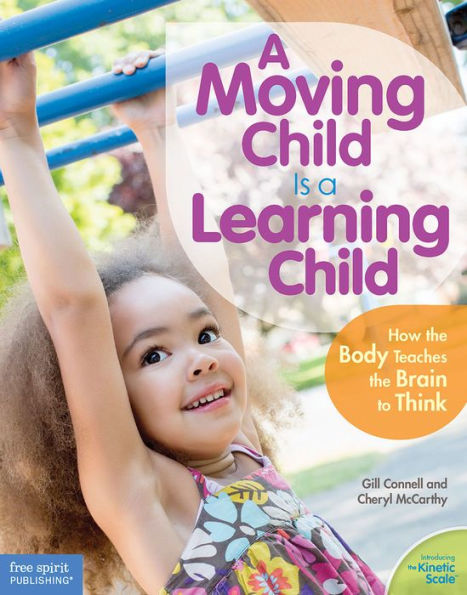Gill Connell is a globally recognized presenter and child development authority, specializing in the foundations of learning through movement and play. She provides developmental expertise to parents, preschools, schools, and companies such as Hasbro, Inc., based on her more than thirty years in preschool and primary education.
She is the former national director of Gymbaroo Preschool Activity Centers and the founder of Moving Smart, Ltd., which offers resources, tools, trainings, and workshops. She coauthored the book Moving to Learn: An Essential Guide for All Parents, Carers and Educators, A Moving Child is a Learning Child: How the Body Teaches the Brain to Think, and Move, Play, Learn with Smart Steps: Sequenced Activities to Build the Body and the Brain.
Gill lives in Christchurch, New Zealand, and travels regularly to the United States.
Cheryl McCarthy is a former vice president of intellectual property development for Hasbro, Inc.
She is a thirty-year veteran of the world of children’s play, specializing in young children’s storytelling and entertainment. As executive producer, she managed the creative development of properties such as My Little Pony, Candy Land, Mr. Potato Head, and many other beloved children’s icons.
She is currently the creative director at Moving Smart, Ltd. Cheryl lives in Attleboro, Massachusetts.



